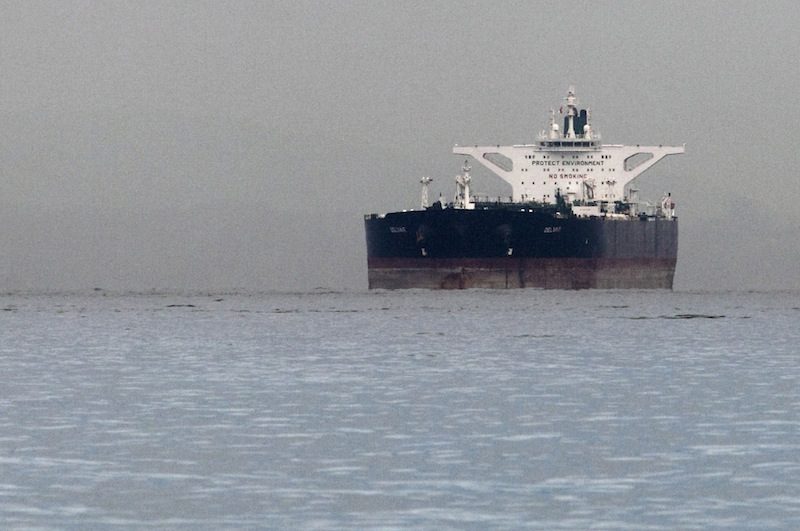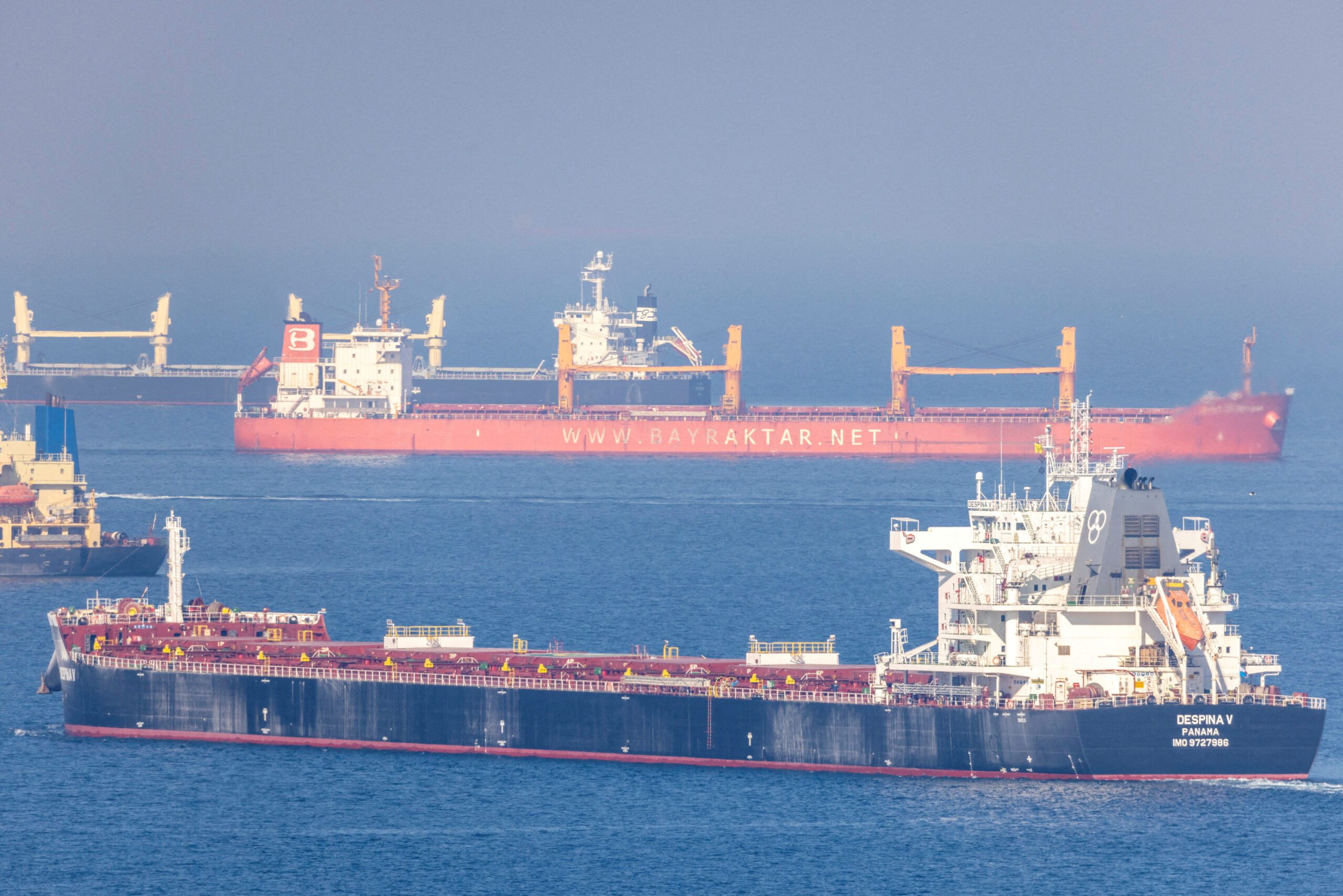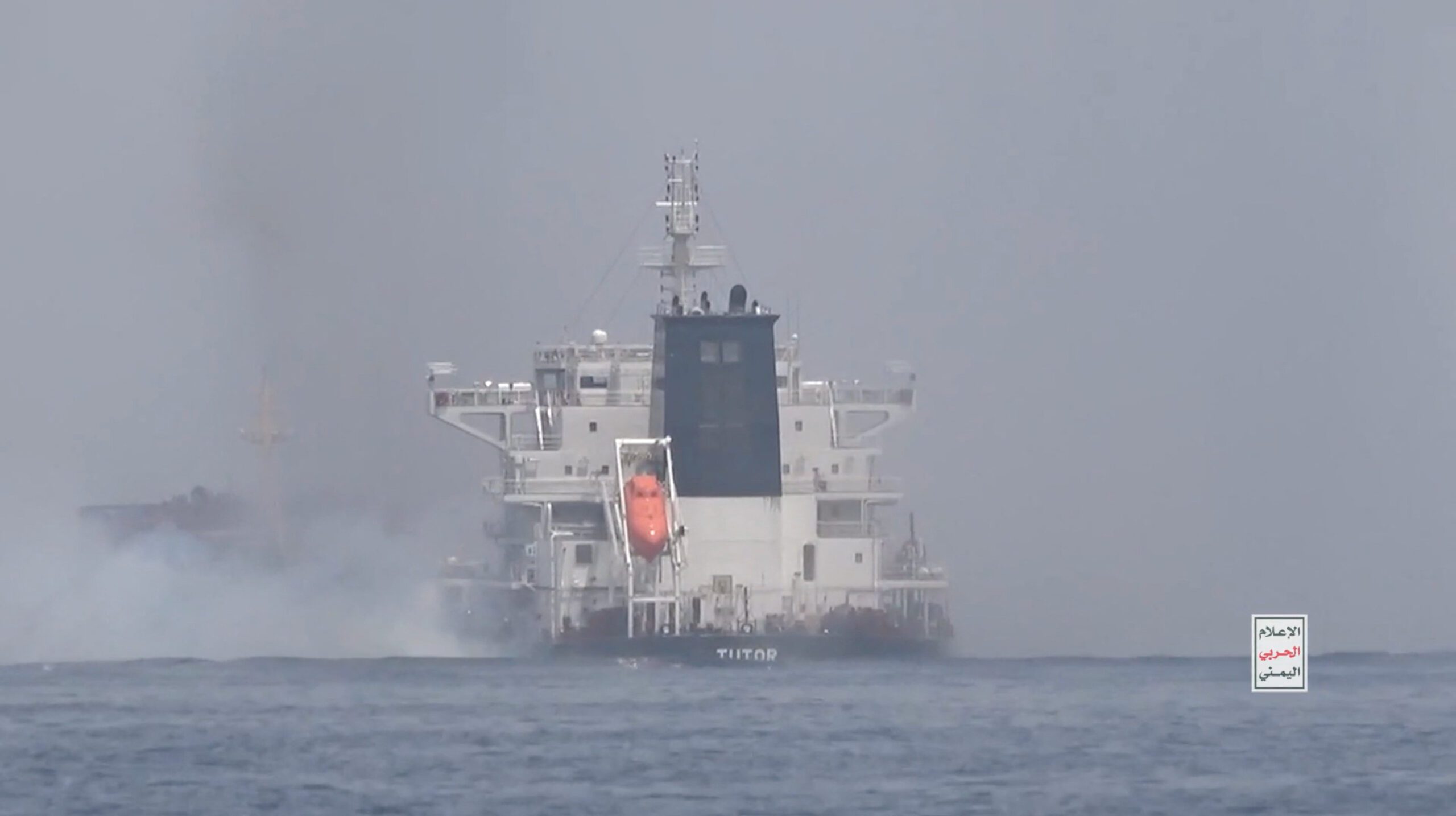Global long-term freight rates have fallen to a two-year low, with little respite on the horizon for carriers as new capacity hits the water, according to ocean freight benchmarking company Xeneta.
Xeneta’s Shipping Index (XSI®) shows 9.5% decline in long-term shipping rates since June, adding to the collapse of rates that began last year. Xeneta’s figures show a challenging situation for carriers, with low demand and overcapacity due to record numbers of new ships being delivered this year. Labor threats at ports are also causing disruptions.
“Carriers waiting for higher volumes in July, and in the coming months due to peak season, look increasingly likely to be disappointed,’ says Emily Stausbøll, a market analyst at Xeneta. “Even if volumes do increase, and whatever happens to demand, overcapacity is now inevitable as these record numbers of new ships being delivered this year will have a wide-reaching effect.”
Xeneta’s figures show an alarming situation unfolding for carriers as June saw the highest ever monthly deliveries of new ships, with more than 300,000 TEU of capacity added from a total of 40 new ships hitting the water. In the first six months of the year, a total of 990,000 TEU was delivered, with around the same to come in the second half of 2023.
Xeneta reports that carriers are facing an “alarming situation” as June saw a record number of new ships added to the market, with over 300,000 TEU of new capacity added from 40 ships. This was on top of 990,000 TEU that was delivered in the first half of the year, and a similar amount expected in the second half of 2023.
Low demand continues to impact rates, with July figures showing a bleak outlook across the board, according to Xeneta.
“‘On all but three of the XSI® sub-indices, the averages of all valid long-term rates have dropped by more than 50% compared to a year ago,” says Stausbøll. “The average shipper on the main trades should be paying less than half the rates they were a year ago on the long-term market. Despite an increase in volumes from previous months, global container demand remains down year on year.”
Stausbøll adds that the threat of labor disruptions on the West Coast of Canada come just as the threat of strikes at U.S. West Coast ports was averted.
“‘Low import volumes and space at some ports allowed shippers and carriers to mitigate delays and find alternatives when the Canadian ports were temporarily closed, but this situation is yet another thorn in the side for the industry at a crucial time leading up to peak season,” says Stausbøll.
Unlock Exclusive Insights Today!
Join the gCaptain Club for curated content, insider opinions, and vibrant community discussions.

 Join The Club
Join The Club













